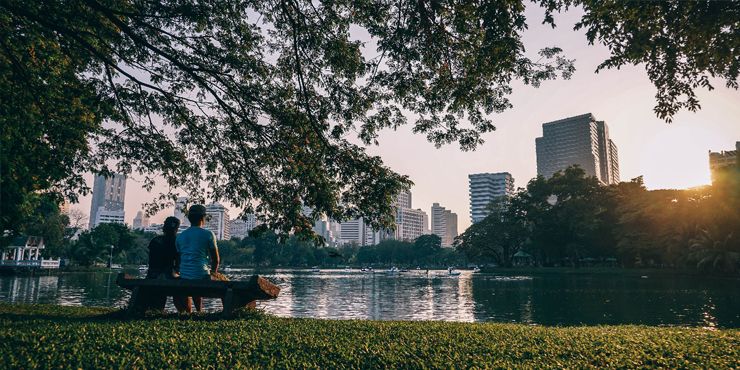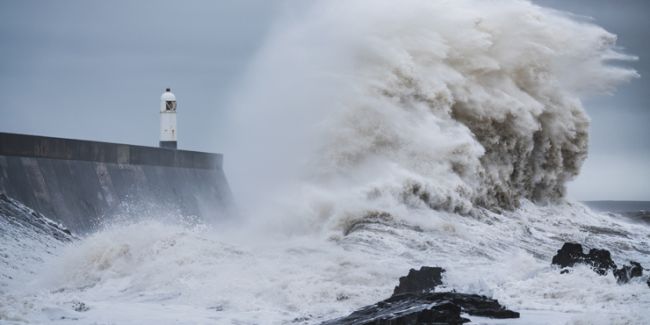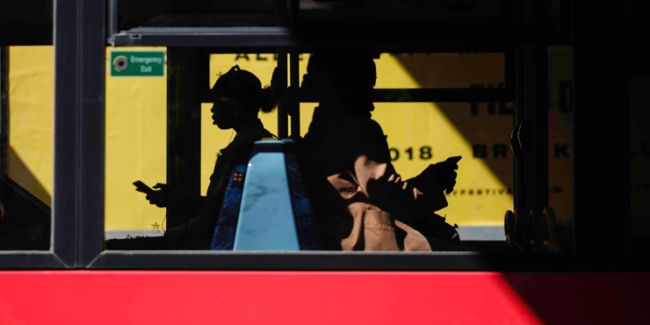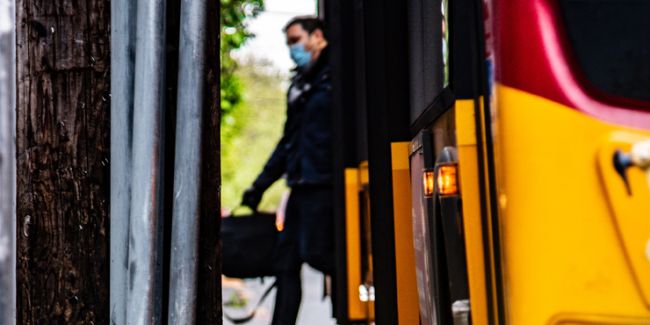A space revolution
Will the current situation will challenge future thinking about how we design our cities and communities to prioritise our public spaces.

With a glorious Spring now full throttle heading into Summer and a nation that remains largely confined to its quarters, we’d be forgiven if our resolve begins to wane and our minds flirt with escapism.
Just like a weary-eyed hedgehog emerging from its winter slumber, this springtime lockdown is fuelling our desire to escape our confines, however homely, and to head into the great outdoors. It is only in times of hardship that people truly notice the things they would normally take for granted. Staying inside is tough and only time will tell what toll it has taken on the nation’s physical and mental health.
Back in those heady days where everything was ‘normal’ our lives were too busy to allow us time to just stop and to look, listen and appreciate our surroundings. Besides, there was always something more urgent to do, right!? Even now, when it’s easier than ever to be distracted by our apps, online chats, the latest boxset and even the classic online language course, people are starting to notice.
What’s that strange noise that’s filtering away my anxiety I hear you say, birdsong is being heard. Aided by congestion-free streets and roads we are hearing a new community chirp, squawk and sing in our place.
No lettuce no problem. Windowsills, boxes, and balconies across the UK are congested with all manner of plastic containers with sales of seeds having rocketed as many ‘have-a-go’ gardeners begin propagating, many for the first time (and hopefully not the last). The sharing and swapping of seedlings has also led to a new sense of community as neighbours renew acquaintances.
But what lasting effect will this have, and will this rediscovered lust for green and open space last? It should be remembered that for city residents, equitable access to green and open space is more than a coronavirus-era amenity. It’s critical for physical, emotional, and mental health.
Who has access?
That precious time in which we are able to escape our homes is now, more often than not, spent accessing a park, green or open space and while the ‘great outdoors’ may be more distant than ever right now, as Jon Christensen, a professor of environmental studies at the University of California at Los Angeles stated that, “even small and mediated exposure to nature can still give us a lift”.
However, not all communities across the UK and world have equal access to a park, nature trail, or Instagrammable garden! This is especially so in cities around the world, the London Borough of Tower Hamlets, for instance, has 300 hectares of public parks, a figure which may sound a lot. This number, however, equates to just 14 percent of the borough and doesn’t take into account the size, offering or quality. That number gets worse if you exclude the largest of the spaces, Victoria Park, taking it down to 214 hectares. For comparison, Kensington has 200 hectares for about half the population, and size.
In October of 2017, the London Mayor released a report demonstrating the economic value of parks: for every pound spent on parks, it said, the return to the taxpayer was £27.00, when you add up the health and air pollution savings with the effects on property values. Mayor Sadiq Khan declared green space a priority, seeking to squeeze in street trees and rain gardens across the city.
With growing demand and clear links to health and wellbeing we should surely be looking at increasing access to green space for all.
What space is left?
When public space gets tight, we’re more likely to realize what takes up a lot of it. For many the car still dominates. It’s no surprise that the movement to reclaim streets from the currently lesser-spotted vehicle is currently attracting attention in cities across the globe, especially as air quality increases.
For those with the most limited access to green space in our urban centres, streets are the most readily accessible outdoor resource. In the US a growing handful of cities, including Portland, Philadelphia, and New York City, are limiting vehicle traffic on certain corridors to create more room for walking, cycling, and outdoor play, and in Canada, all roads within Vancouver’s Stanley Park are now car-free! In Europe, Milan has announced an ambitious scheme to reduce car use after lockdown. The city is planning to transform 35km (22 miles) of streets in the summer, with a rapid, experimental citywide expansion of cycling and walking space to protect residents as Covid-19 restrictions are lifted.
The Covid-19 pandemic should reawaken interest in parks and the provision of open spaces long overlooked by city officials. This will be especially important if we want to avoid people deserting public transport, heading for their cars and continuing to socially distance themselves from people and places.
Perhaps there is hope that this current situation will challenge future thinking about how we design our cities and communities? Policymakers, developers, architects and planners must rethink, derive more value from what we have and be bold in our approach.
What’s the worth?
Parks haven’t gotten the attention in monetary value that they deserved in the years leading up to this crisis. Now we’re seeing the consequences but also an opportunity.
On 18 April, during a daily Covid-19 briefing on behalf of the UK government, the Communities Secretary, Robert Jenrick, ordered parks to be kept open during lockdown:
“…, we know that the lockdown is much harder for people who don’t have a lot of living space, who don’t have a garden, and who don’t have anywhere for their children to run around.
“People need parks. That’s why I have made it clear to councils that all parks must remain open. For the health of the nation, people should be able to safely enjoy fresh air and green space.”
Most of the parks in desperate need of renovation are small neighbourhood green spaces, triangles, plazas, and gardens. But as we’ve seen, these are the open spaces city dwellers are now relying on the most during the pandemic. Especially when the big parks fill up.
A New World Bank publication urges cities to unleash their hidden potential in public spaces for growth and vibrancy. The publication, ‘The Hidden Wealth of Cities: Creating, Financing, and Managing Public Spaces’, says that well-conceived, people-centred public spaces have vast potential to become assets that cities can leverage to transform quality of life.
According to the publication, city governments often do not invest in the creation and management of good-quality public spaces due to poor and ad hoc urban planning, budgetary constraints, and other pressing priorities.
Jon Kher Kaw, World Bank Senior Urban Specialist and lead author of the publication, highlighted the other end of the spectrum, “Cities that successfully create and manage great public spaces and places buck this trend. They reap the rewards from the enormous value that is created, including the environmental and social benefits that go beyond economic gains.”
This inequity, which persists in numerous park and green space systems in cities around the world must be addressed. A conversation has been ignited that will be hard to extinguish, our demand for green and open space will grow louder. The usual mantra of things being too expensive or it not being a priority will no longer be acceptable.
The Covid-19 pandemic has many lessons to teach us, and how cities rethink infrastructure in the days ahead will be one of the greatest tests of our resilience. Let’s hope green and open space is not one we forget.















